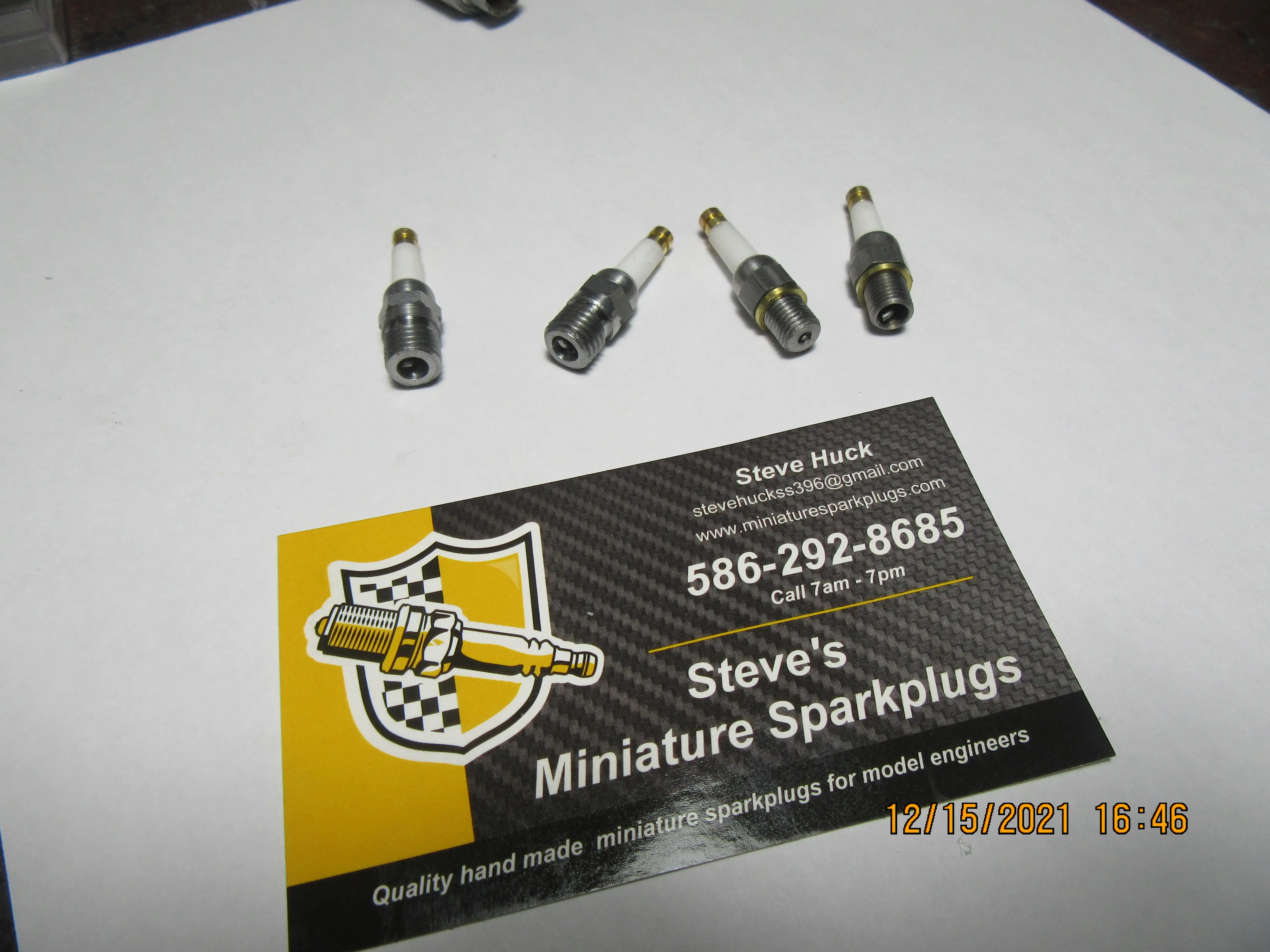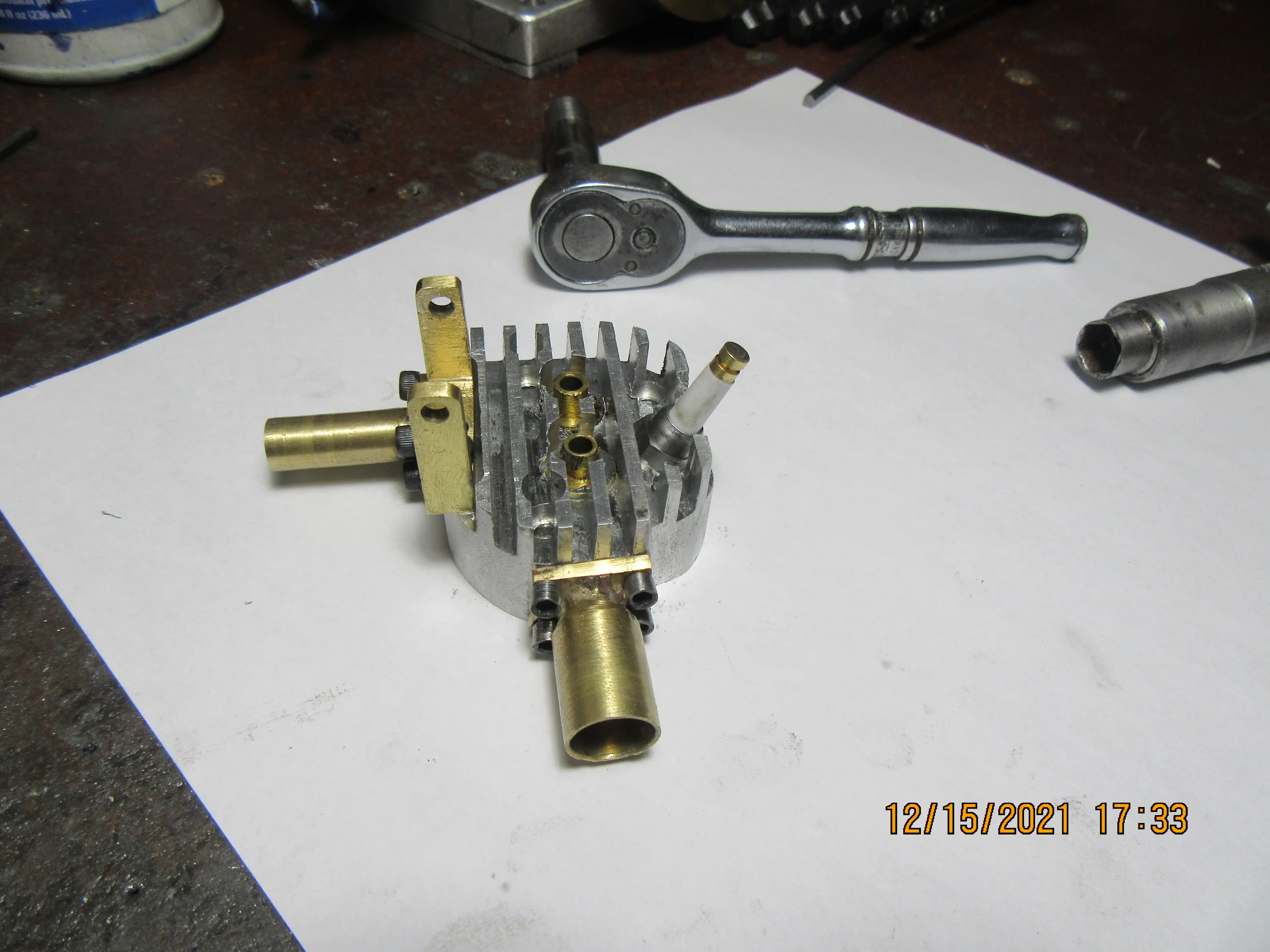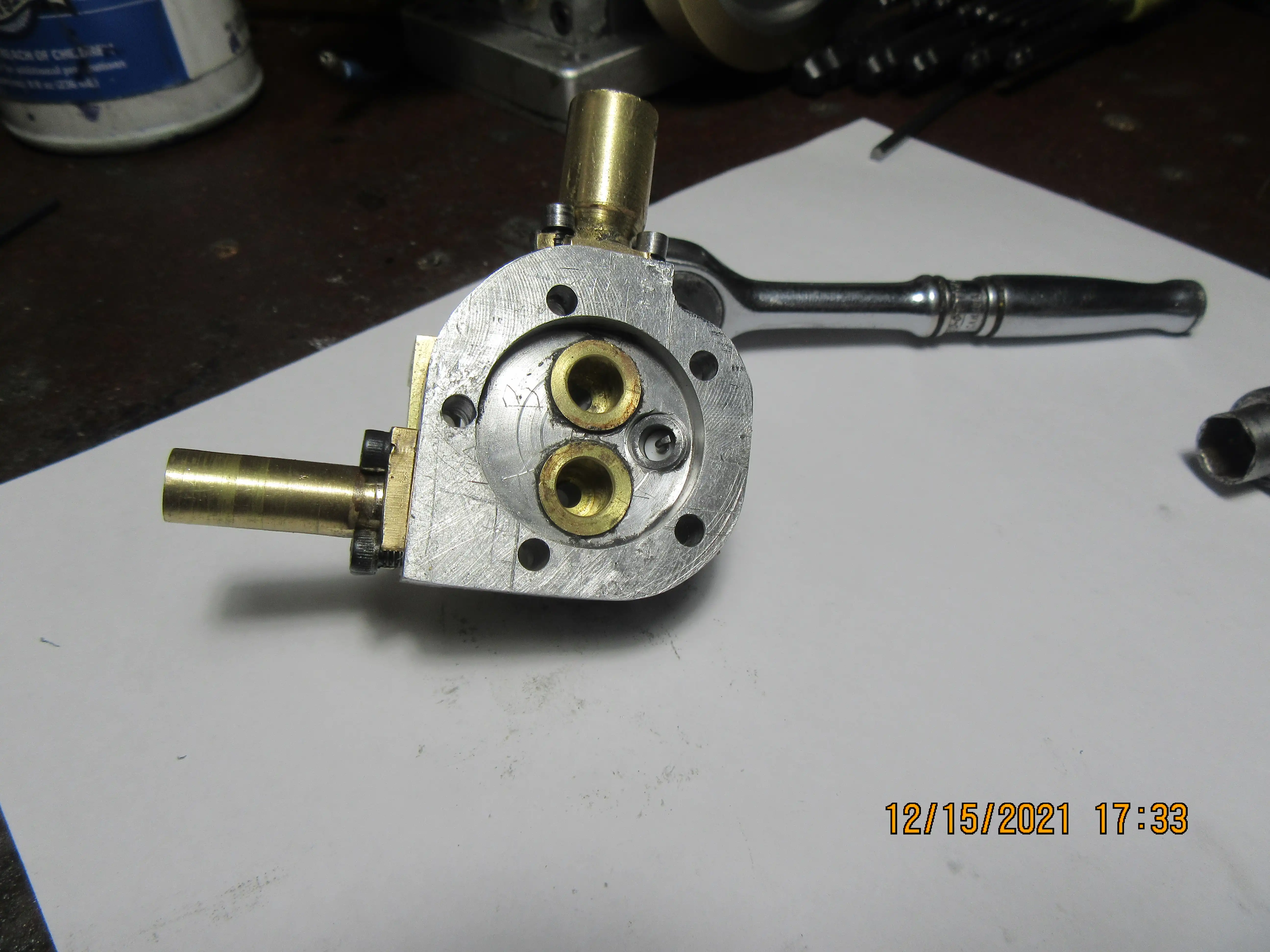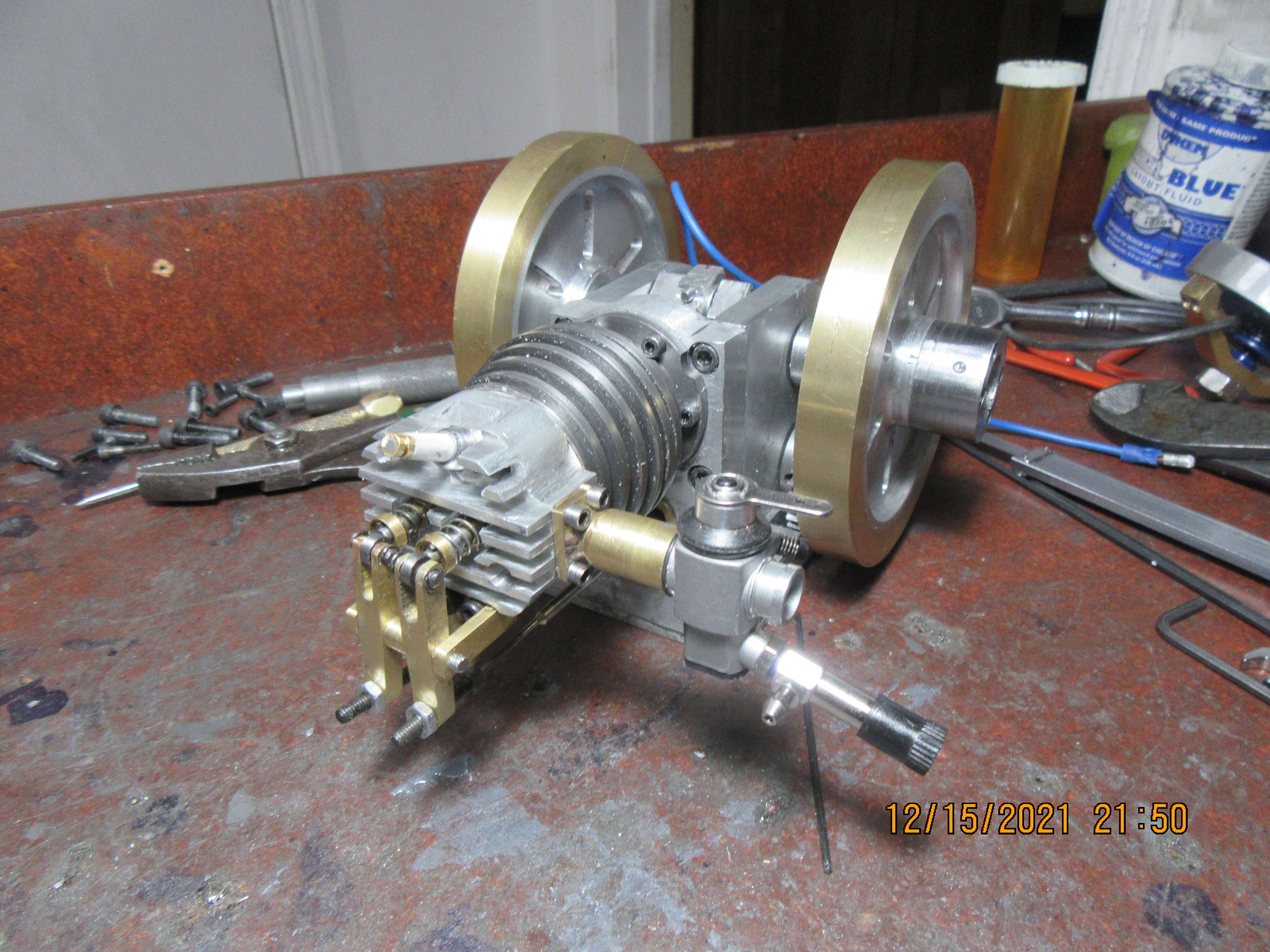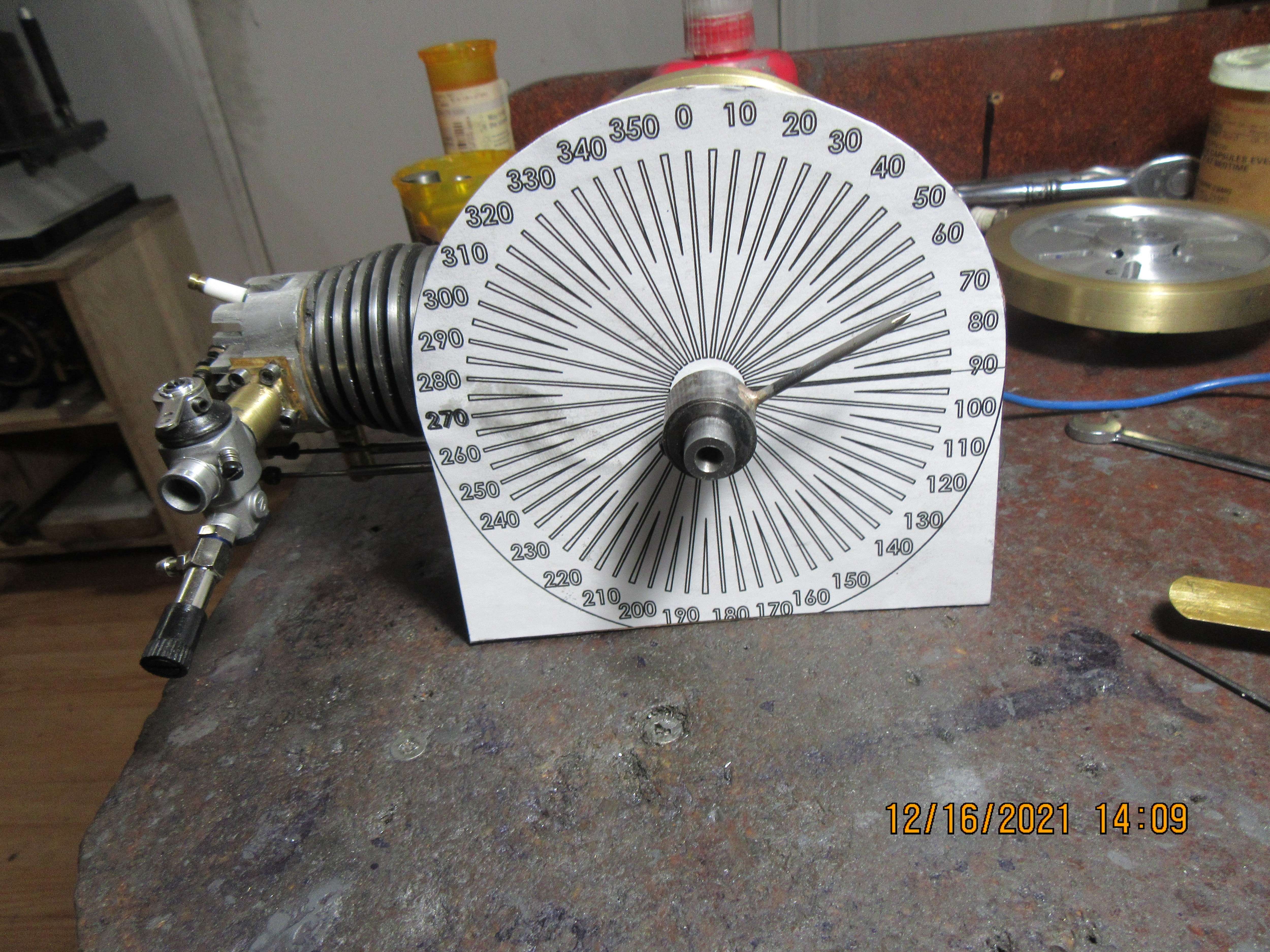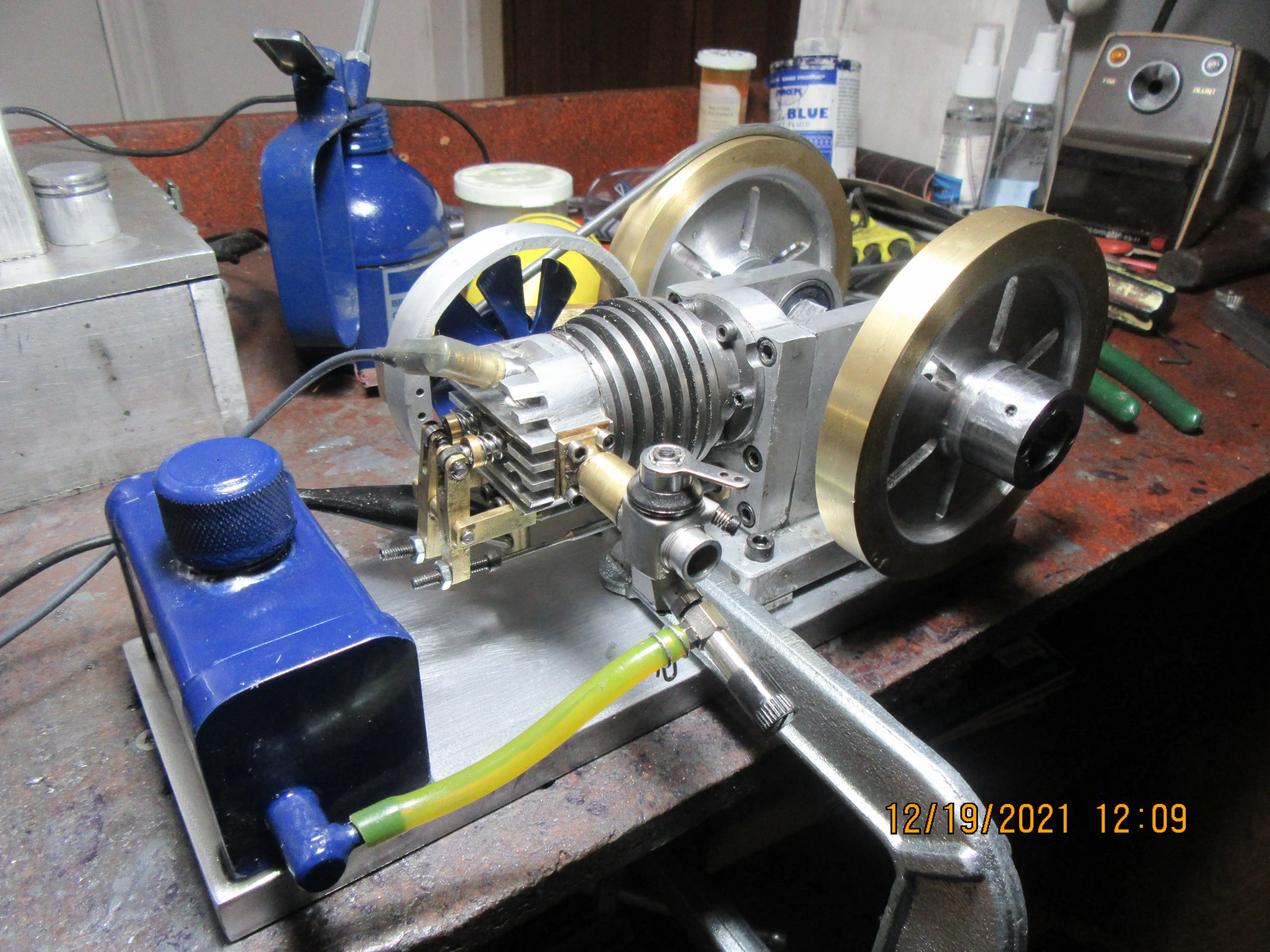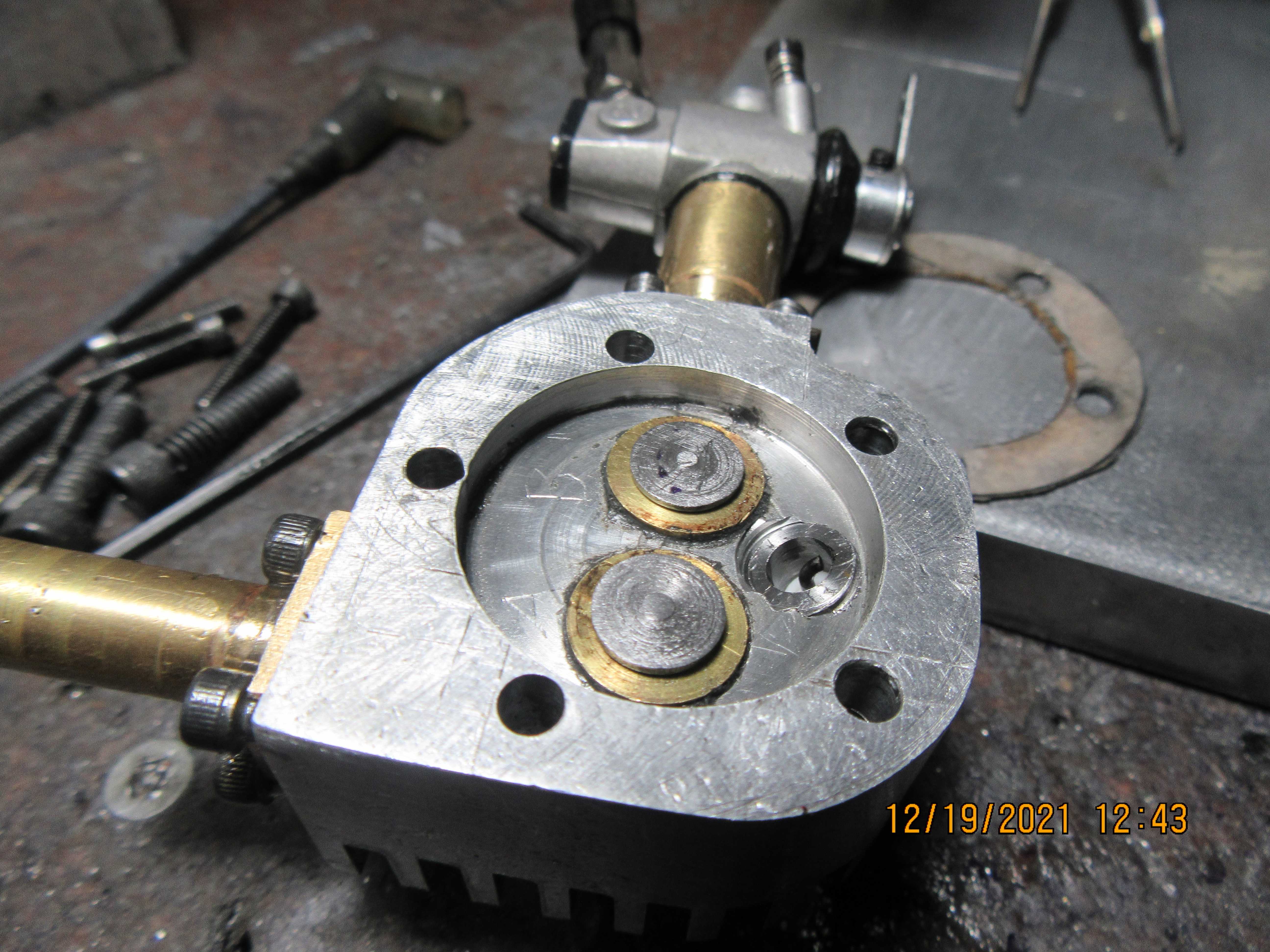- Joined
- Jan 4, 2011
- Messages
- 1,418
- Reaction score
- 384
You could accomplish that even if the counterbore was a few thousands oversize.Gordon---the flange on the valve guide is there because---I have this terrible fear that without a flange, the Loctiite would heat up from the engine running, and as I hover over the engine running it, the engine will fire and shoot valve guide with valve attached out and hit me in the eye. Shopshoe---These piloted counterbores and different size pilots are readily available from toolshop suppliers.---Brian





